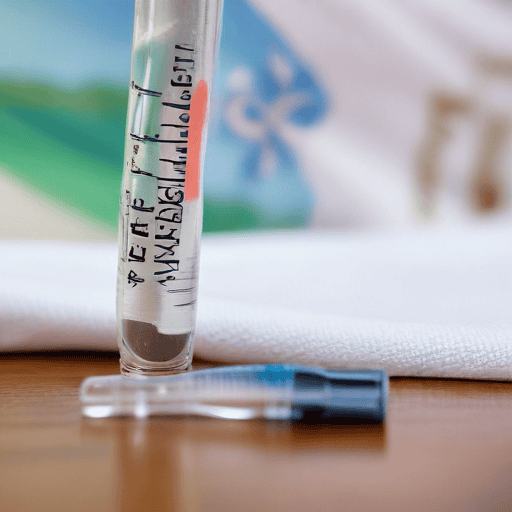Despite recent progress in immunization initiatives throughout the Pacific, over half of the countries in the region still have HPV vaccine coverage that falls below 50 percent. This vaccine plays a crucial role in preventing cervical cancer, a significant health concern.
UNICEF Pacific Representative Jonathan Veitch made this announcement during the 13th Pacific Immunisation Managers Meeting at the Shangri-La Yanuca Island on Monday. Current statistics reveal that approximately 136 women in Fiji are diagnosed with cervical cancer annually, with 92 ultimately succumbing to the disease. A study conducted on 12,074 women in Suva found that around 30.5 percent were affected by cervical cancer.
While Veitch recognized the advancements made by certain countries such as Niue, Tuvalu, and Samoa in HPV vaccination, he emphasized that many Pacific Island nations are lagging in the rollout and adoption of this critical vaccine. According to the 2023 World Health Organization and UNICEF Estimate of National Immunisation Coverage, more than half of the Pacific Island countries have HPV vaccine coverage of less than 50 percent, while others are stuck in the 50-69 percent range.
The disparities in immunization rates across the Pacific indicate a broader issue, where progress has been inconsistent. Although some regions have successfully implemented vaccines for Rotavirus and Pneumococcal Conjugate, achieving over 90 percent coverage in eight countries, obstacles such as vaccine hesitancy, misinformation, logistical challenges, and strained health systems remain prominent.
Veitch underscored the need for ongoing advocacy for vaccination access, stressing the importance of ensuring that all children in the Pacific can benefit from these life-saving immunizations. With the challenges presented by climate change, migration, and emerging health threats, he urged for continued collaboration and partnerships to enhance vaccine coverage and save lives.
By uniting efforts, the region can make strides in improving health outcomes for children and reducing preventable deaths among mothers and children alike.
In summary, while certain Pacific Island nations are making progress with HPV vaccinations, substantial challenges still exist. It is imperative for governments, healthcare providers, and communities to work together to overcome these hurdles and ensure equitable access to vaccines. A hopeful outlook suggests that through sustained advocacy and cooperative efforts, improved health outcomes for the population can be achieved.

Leave a comment